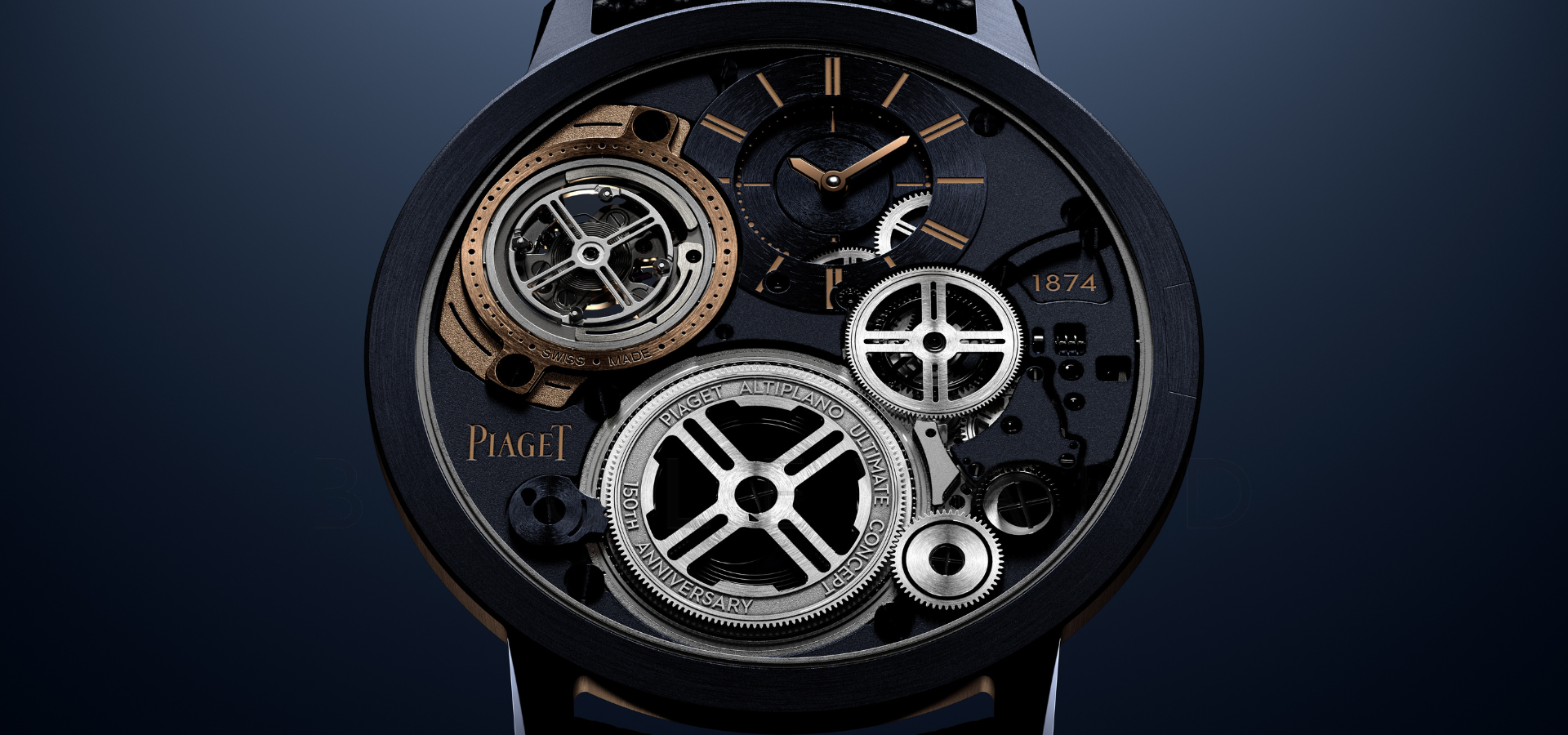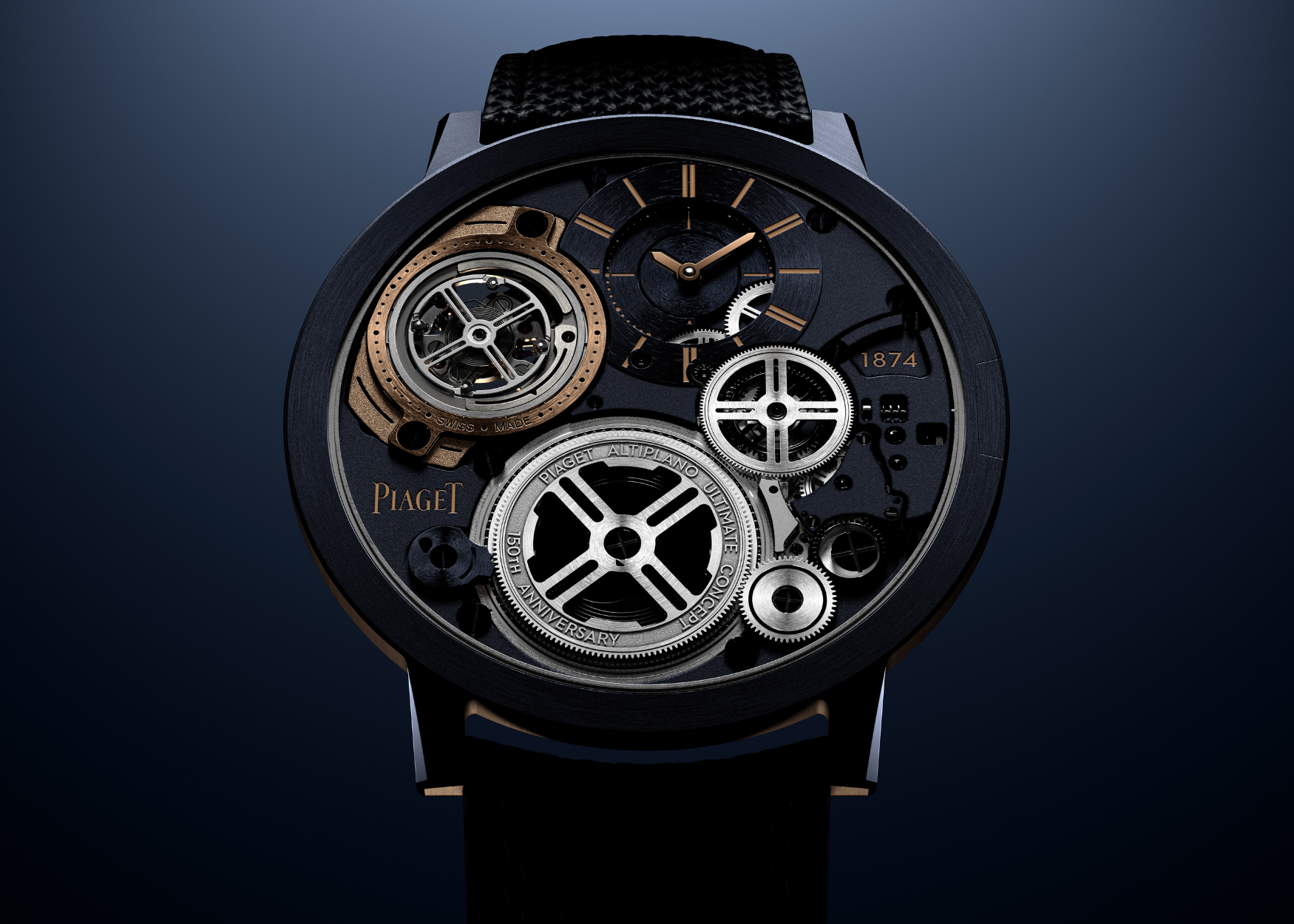Piaget celebrates 150 years’ worth of watchmaking landmarks
Since its inception, Piaget’s savoir-faire is often defined by their daring creativity. In the late ’50s, it announced its reintroduction to the world in the form of the first ultra-thin clockwork: the Altiplano collection. The Maison’s groundbreaking new movement remains one of the most historically significant innovations in the 20th century, blurring the distinction between art and timepiece.
At Watches and Wonders 2024, Piaget celebrated the Altiplano series along with some of its other memorable classics as it celebrated 150 years of watchmaking achievements.
Pushing the bounds of the ultra-thin movement
Now a Piaget trademark, the Altiplano collection would culminate in the release of the world’s thinnest watch back in 2018. The Altiplano Ultimate Concept is an eccentric watch unlike any other, one that pushed the bounds of watchmaking mechanics. In 2024, the Maison would go even further by releasing the Altiplano Ultimate Concept Tourbillon.
Much like its predecessor, this wonderful timepiece is 41.5 mm in diameter and only 2 mm thick (not thicker than your average coin). It almost vanishes in plain sight when seen from certain angles. Nevertheless, the aesthetic look and comfortability this watch brings does not diminish its horological ingenuity.
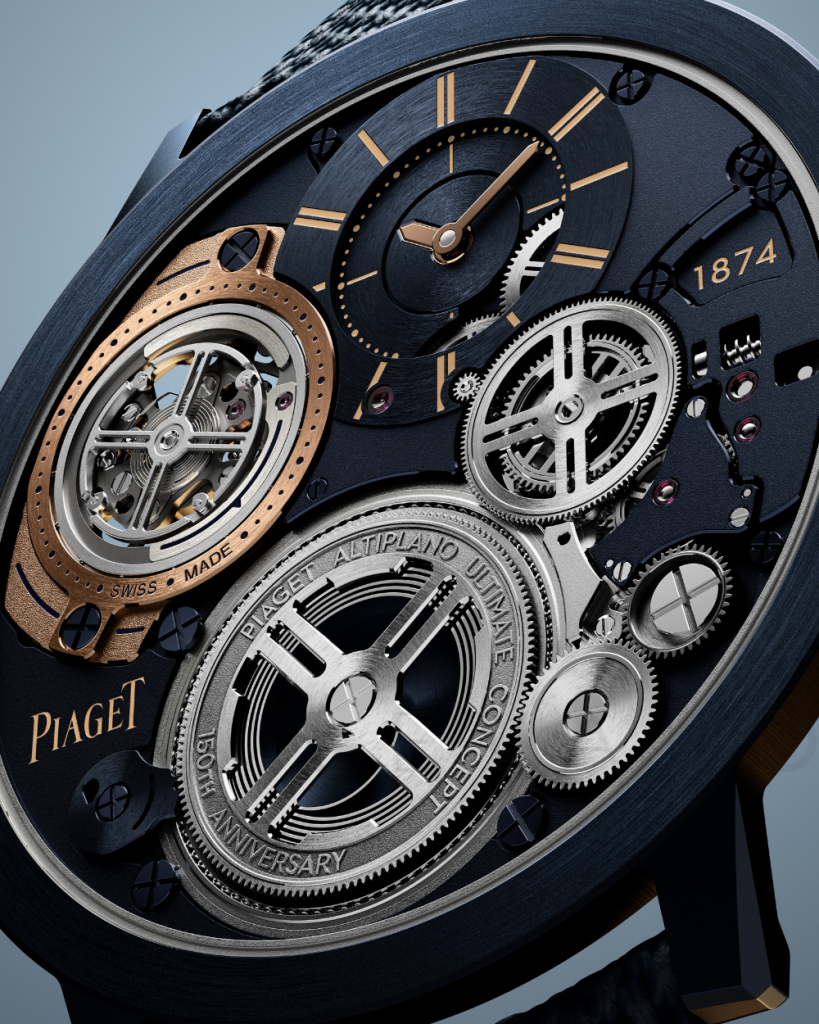
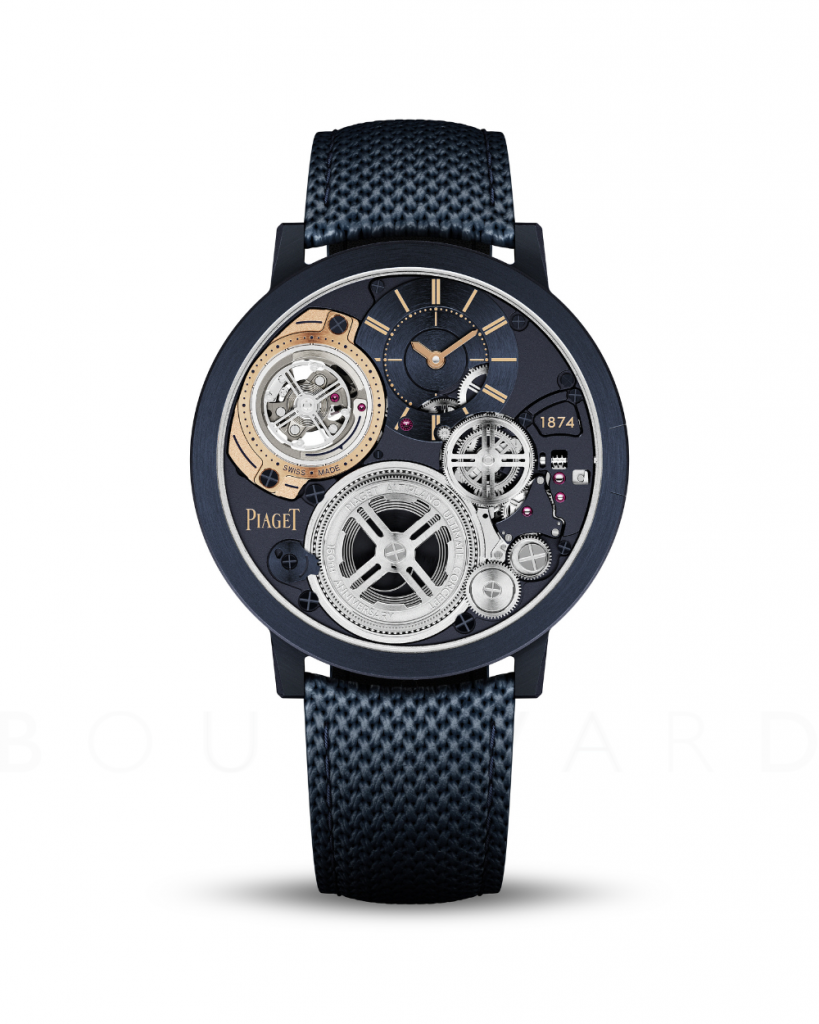
What makes this timepiece different from the classic is that the blue PVD-treated cobalt allow case houses a flying tourbillon. This, in turn, produces 25% additional power to the watch, higher than that of the Altiplano Ultimate Concept. It is also water-resistant to a depth of 20 metres, has a 40-hour power reserved and a balance wheel rim and sapphire crystal.
A delightful pairing
Bridging the gap between the past and the present, the Maison would also release the perfect pairing for the occasion. With only 300 pieces each, the Piaget Polo and the Piaget Polo Date enjoy a certain casual-chic allure.
First released in 1979, the Polo is a versatile and sophisticated watch paired with an option for a metal bracelet or leather strap. Now, its 2024 reinterpretation offers a more elegant take.
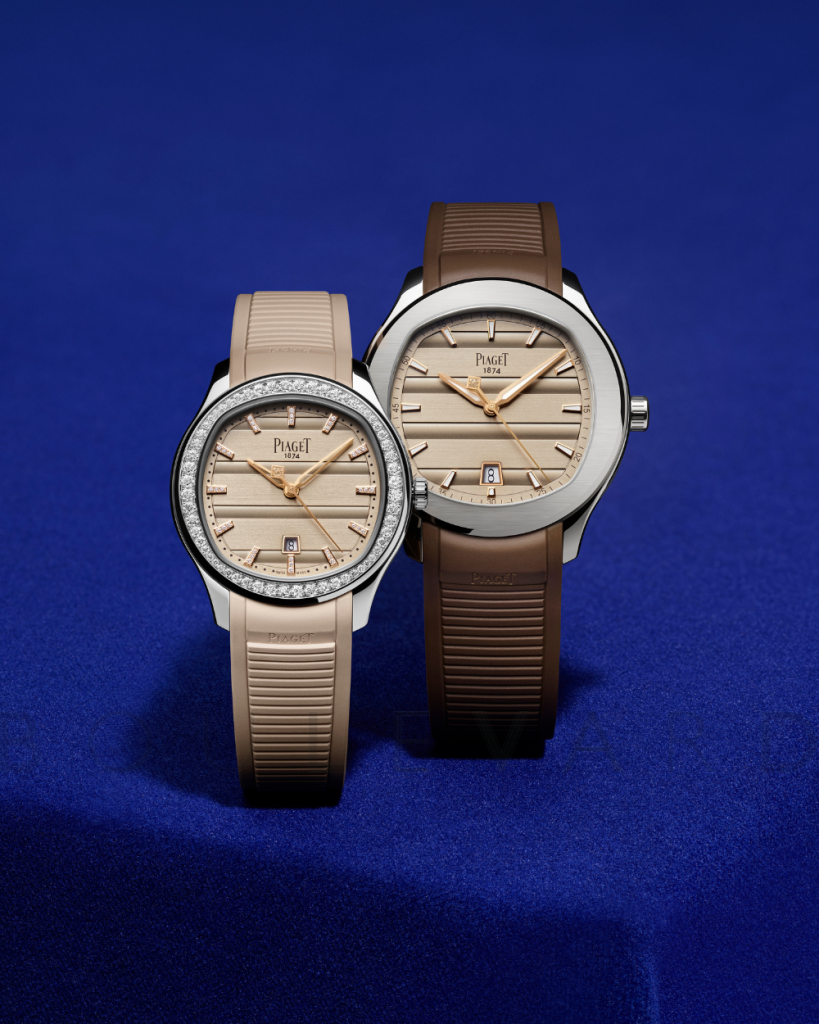

Notably, the Polo boasts a 44-mm diameter frame and ornate detail, where as the Polo Date is a slimmer 36-mm version set with 91 brilliant-cut diamonds, which is a first in its kind. A 1110P Manufacture self-winding mechanical movement powers the former while a 5001P movement powers the latter. Both versions display the same striking play of materials, proving to be pieces even for the most experienced collectors.
Exquisite timepieces as high jewellery
Punctuating Piaget’s 150th anniversary are more reimagined timepieces that had once been worn as high jewellery. In this series, the Swinging Sautoir shines. Regarded more as an antique high jewellery than a timepiece, it was first launched in 1969 and now comes in three exquisite versions.

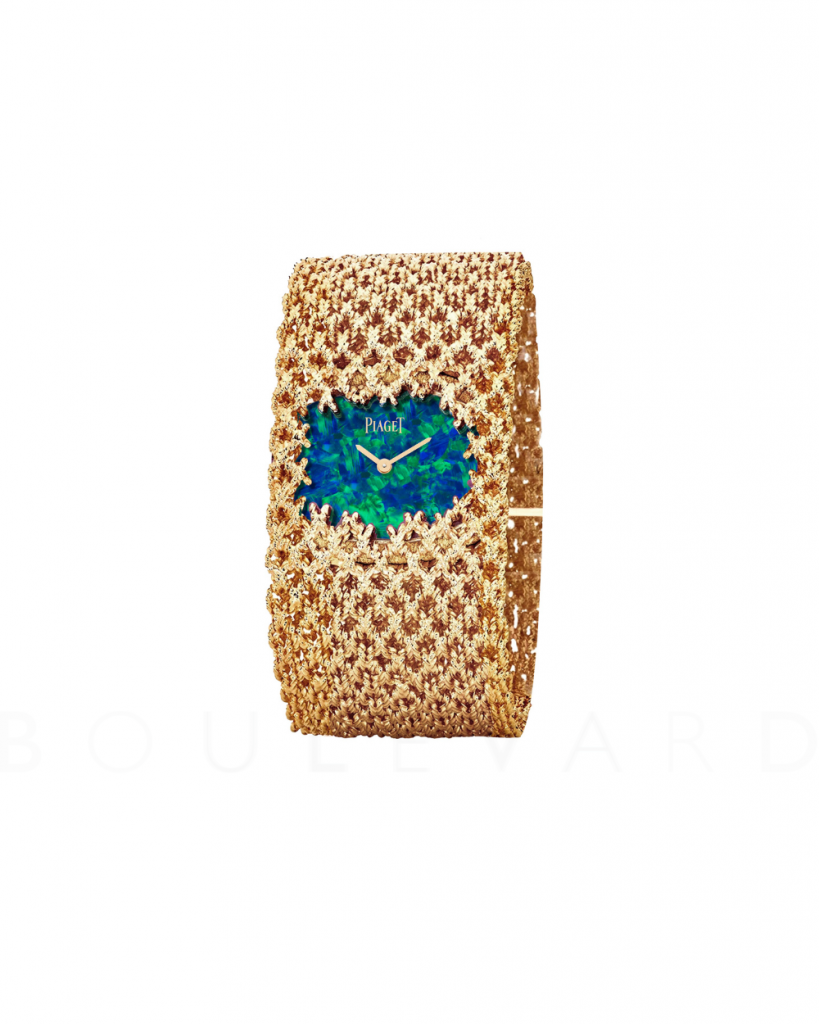
Its first is paired with a meticulously hand-crafted gold chain and comes in a softly rounded trapeze case, tied together by a turquoise dial and suspended using precious gems. Noticeable here is the 29.24-carat yellow sapphire sourced from Sri Lanka, as well as a gorgeous 6.11-carat aquamarine.
The revamped 1969 cuff watch, on the other hand features a hand-made gold chain cuff with a black opal dial, swimming in iridescent greens and blues. Here, Piaget showcases its finesse through its selection of color and textured gold. Artisans reportedly twisted the coral-like asymmetric chain individually by hand.


This collection also revives the 1989 Aura timepiece. Now in 35th year, it comes in two new reinterpretations, each adorned in beautiful hues of rubies, pink sapphires and diamonds. A face of thin rubies radiates from the center of the dial in the first variation. It is then beautifully paired with baguette-cut diamonds The second variation, meanwhile, creates a gradient of colors by juxtaposing the deep red rubies and the softest pink sapphires and diamonds.
Visit Piaget for more information.
Read next:
